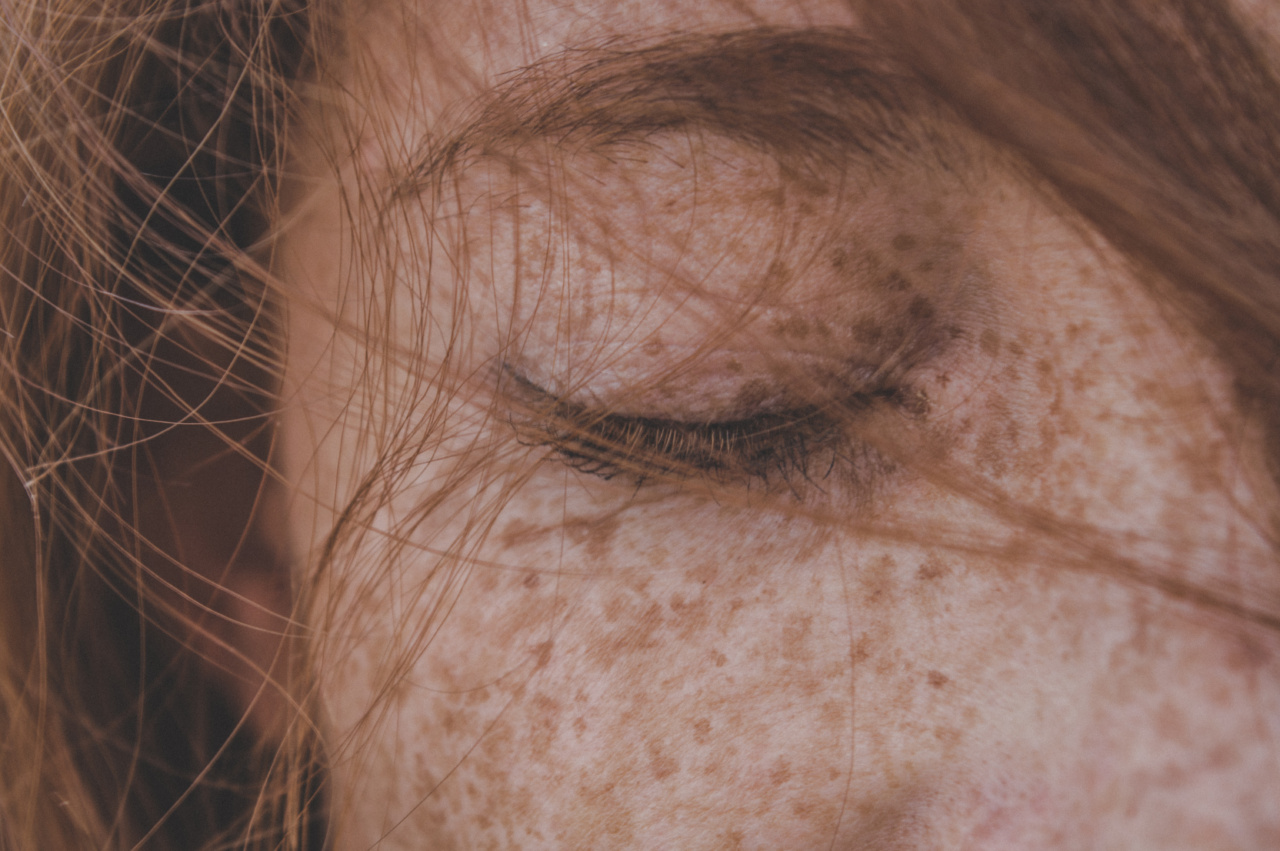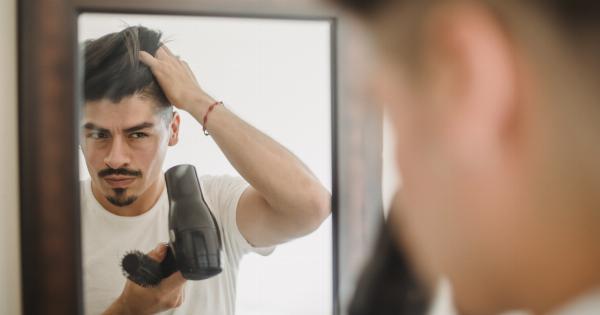For many people, hair loss or thinning eyebrows can have a negative impact on their self-esteem and confidence.
Fortunately, technological advancements in hair and eyebrow transplantation methods have emerged, providing impressive results for those in need of a solution.
What is hair transplantation?
Hair transplantation is a surgical procedure that involves removing hair follicles from one area of the body, typically the back of the head, and transplanting them to another area that is experiencing hair loss or baldness.
The procedure is typically performed under local anesthesia and the transplanted hair follicles thrive in their new location, resulting in natural hair growth.
What are the different hair transplantation methods?
There are two main types of hair transplantation methods: Follicular Unit Strip Surgery (FUSS) and Follicular Unit Extraction (FUE).
Follicular Unit Strip Surgery (FUSS)
Follicular Unit Strip Surgery (FUSS) is also known as the strip method. The surgeon removes a small strip of scalp from the back of the head and dissects it into individual follicular unit grafts.
These grafts are then transplanted to the receiving area, such as the balding crown or hairline.
Follicular Unit Extraction (FUE)
Follicular Unit Extraction (FUE) is a more advanced method of hair transplantation. In this method, individual follicular units are extracted directly from the donor area with a small, circular instrument.
Each graft is then transplanted to the receiving area.
What is eyebrow transplantation?
Eyebrow transplantation is a similar surgical procedure to hair transplantation, but instead of transplanting hair follicles to the scalp, the grafts are transplanted to the eyebrows.
This procedure can help restore patchy or thin eyebrows caused by genetics, alopecia, over-plucking, or scarring.
What are the benefits of hair and eyebrow transplantation?
Both hair and eyebrow transplantation offer many benefits to those seeking to improve the appearance of their hair or eyebrows. Some of the benefits include:.
- Natural-looking hair growth
- Improved self-esteem and confidence
- Long-lasting results
- Minimal downtime
- Safe and effective
What to expect during a hair or eyebrow transplantation procedure
During a hair or eyebrow transplantation procedure, the patient is given local anesthesia to numb the area being treated. Once the area is numb, the surgeon will prepare the grafts for transplantation.
The number of grafts required will vary depending on the amount of hair or eyebrow restoration needed.
The procedure itself can take several hours, depending on the amount of hair or eyebrow restoration needed. Patients might experience some minor discomfort, but the procedure is generally not painful.
Aftercare and recovery
After the procedure, it’s important to follow the aftercare instructions provided by the surgeon to achieve the best results. Patients should avoid washing or touching the transplanted area for a few days after the procedure.
The transplanted hairs may initially fall out, but will eventually grow back within a few months.
Conclusion
If hair loss or thinning eyebrows are impacting your self-esteem, hair or eyebrow transplantation may be a viable option for you.
With the latest advancements in hair transplantation technology, these procedures offer impressive and natural-looking results that can significantly improve your appearance and boost your confidence.

























